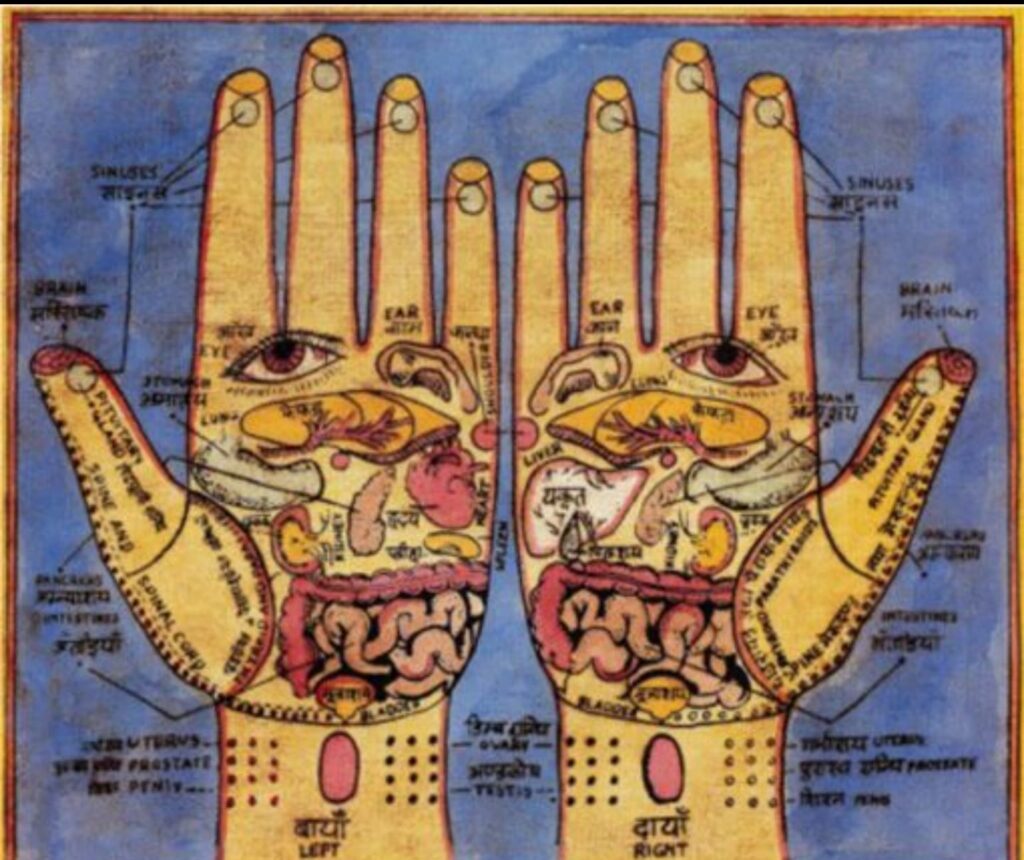Article Today, Hyderabad:
A recent remark by U.S. Republican Congressman Brandon Gill has sparked outrage in India and among the South Asian diaspora. Gill commented, “In America, civilised people do not eat with their hands. If you don’t follow Western ways, go back to your countries.” His words came after a video of New York mayoral candidate Zohran Mamdani, of Indian origin, eating with his hands went viral on social media. The backlash was immediate. Many called his remarks racist and ignorant, opening up a wider conversation around the practice of eating with hands. Based on this issue an article was published in ‘Article Today’ https://articletoday.in/eating-biryani-with-hands-sparks-racism-row-in-us-politics/ and in ‘Sahanamvande’ https://sahanamvande.com/?p=5478 digital papers.

Scientific and Ayurvedic Roots of Hand-eating:
Eating with hands is not merely a cultural habit. It has deep roots in ancient Indian knowledge systems, particularly Ayurveda. According to author Gulshan Parveen, the natural bacteria present on the hands help improve digestion. Research shows these microbes can counter harmful pathogens in food. Ayurveda also attributes spiritual significance to each finger: the thumb represents fire, index finger air, middle finger space, ring finger earth, and little finger water. Using all five fingers during meals is believed to balance the body’s elements and aid in healthy digestion.
A Shared Tradition Across Continents
This practice is not limited to India alone. Across South Asia, the Middle East, Southeast Asia, and Africa, millions eat with their hands every day. In India, it’s a custom passed down through generations—eating rice, lentils, and vegetables by hand. Similarly, in the Philippines, the kamayan feast is hand-eaten; in Ethiopia, injera is shared using fingers; in West Africa, people eat fufu and jollof rice with their hands. In all these cultures, eating with hands is not just practical—it fosters intimacy, community, and respect for food.
Western Double Standards?
Critics pointed out the hypocrisy in Gill’s comment. In the U.S., people often eat burgers, tacos, pizza, and fries with their hands. Yet Mamdani’s video drew criticism simply because he ate rice with his fingers. One social media user asked, “Do you eat chips and tacos with a fork? Then why mock this?” For many, the outrage revealed an undercurrent of racial bias. It wasn’t about hygiene or manners—but about who gets to define civility.
Political Backdrop and Targeting Mamdani
Zohran Mamdani, 33, is an Indian-origin, Muslim, socialist politician running as the Democratic nominee for New York Mayor. He openly supports Palestine, a stance that has drawn criticism from American conservatives. Former U.S. President Donald Trump called Mamdani a “communist lunatic.” His campaign, rooted in youth culture and Bollywood-inspired visuals, has further annoyed right-wing leaders. The hand-eating controversy appears to be yet another attempt to discredit a rising voice challenging traditional political narratives.
A Quiet Assertion of Identity
In response, Mamdani did not apologise. Instead, his video became a silent statement of cultural pride and resistance. The discussion it triggered highlights the need to respect diverse traditions. Eating with hands is neither backward nor unhygienic—it is a choice rooted in science, history, and identity. As India and many global communities reaffirm, traditions don’t need validation from the West—they stand on their own strength.



